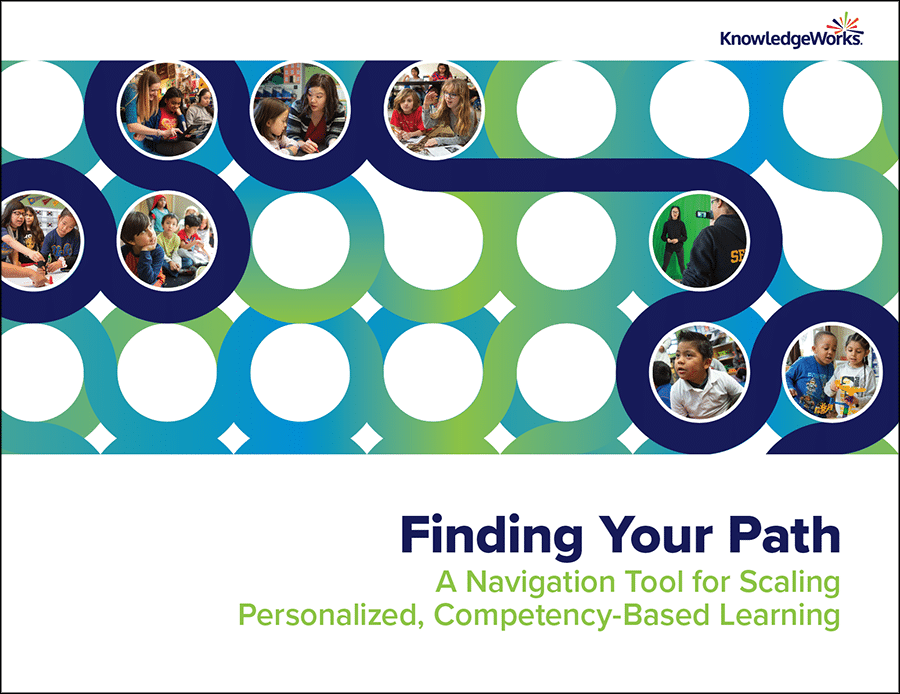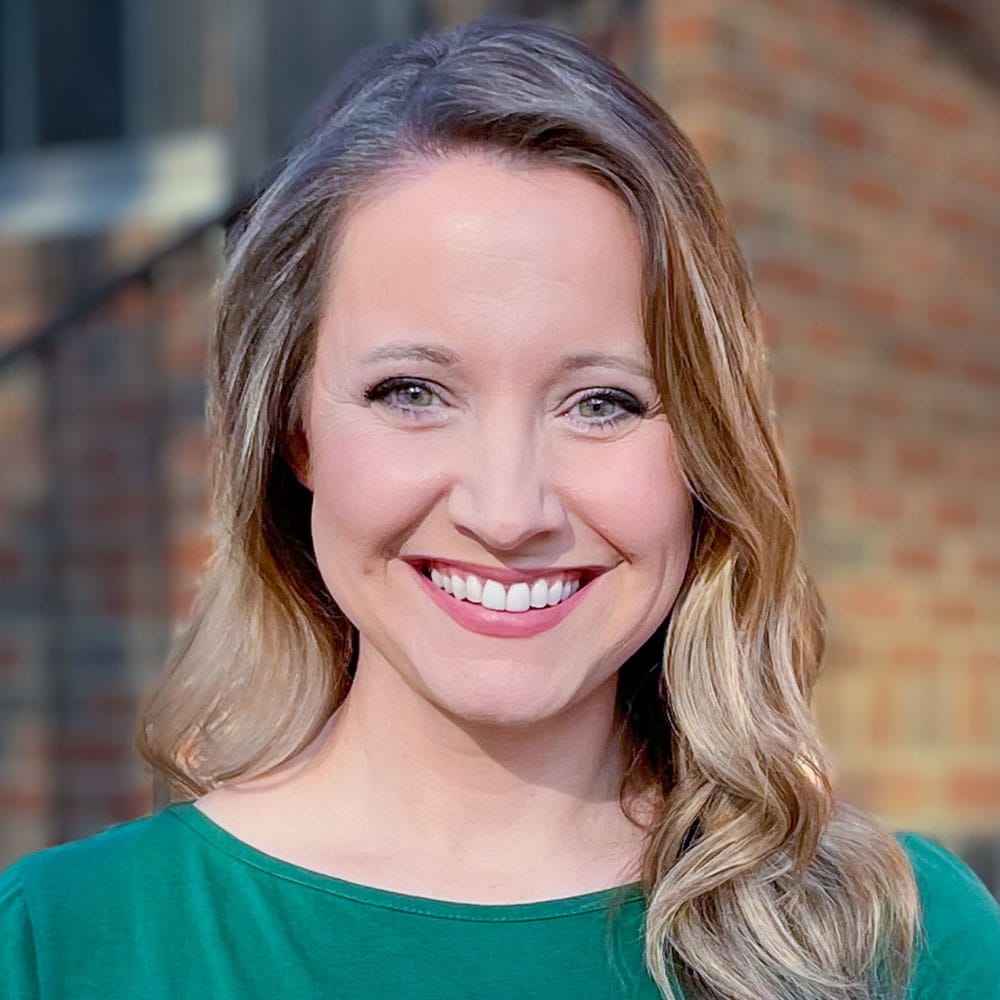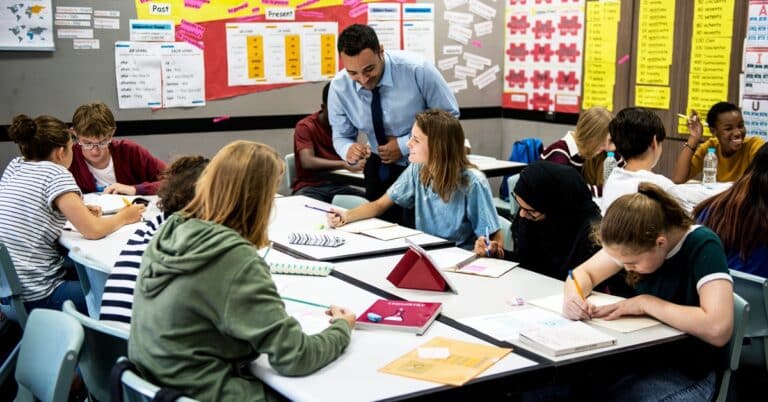The way many see it, a school master schedule is just something that has to be done. It’s about how we organize the school day for teachers and students. What we miss in that belief is that the comprehensive schedule governs various aspects within a school: determining the flow of students and teachers, specifying lunch times, departure schedules, restroom breaks and other social interactions. The scope of its influence extends far and wide.
What if we reframed our thinking to consider the master schedule as an element in how you realize your vision for teaching and learning?
In a personalized, competency-based learning environment, your priorities might include enhancing learner outcomes, fostering student engagement and creating space for collaboration. A master schedule that doesn’t take these things into consideration isn’t going to help you achieve them. What if all business meetings were 90 minutes long? What if a mechanic had 90 minutes to repair every car, regardless of the problem? Think about our learners:
- What if 90 minutes isn’t enough time for a learner, or is too much?
- How can we allow learners to access more support and/or learning extension opportunities during the school day?
- Are six “classes” needed for every learner?
- Is this traditional schedule preparing learners for college and career?
If we believe that learners learn in different ways and time frames, it is time to redesign and rebuild our traditional high school schedule. Are you being intentional about setting up staff and students for success by creating opportunities within the master schedule for these things to happen? When the master schedule is beholden to your vision for teaching and learning, it places student needs and interests at the center of their educational experience.
Contemplating alterations to the master schedule can seem like a formidable task, but it’s a worthwhile one. It’s about distributing time differently and thinking about time differently. The words you use to do that, whether it’s flex mod scheduling or personalized scheduling, don’t matter as much as what they allow you to do: it’s really about flexible time.
Examples from the field
Here are a few examples of how learning communities are rethinking how they use time in service of their vision for teaching and learning:
- At River Bluff High School in Lexington, South Carolina, students benefit from a flex mod schedule that empowers independent choices, fosters collaboration and facilitates effective time management; while teachers build trust through collaborative planning and have real-time access to students to manage non-instructional appointments seamlessly.
- At Westside High School in Omaha, Nebraska, they encourage experimentation with new instructional approaches, and modular scheduling allows for more student-teacher interaction, exposure to diverse subjects and empowers students to be decision-makers.
- Students are responsible for decisions during Sabor Time at Legacy High School in Bismarck, North Dakota, encouraging academic autonomy, aligning with the school’s belief in young adults handling such freedom responsibly.
- At Pulaski High School in Pulaski, Wisconsin, students can enroll in six to eight classes with a flex mod schedule, accommodating AP, college-credit and elective courses, and with enhanced personal learning team, students have the flexibility to manage and attend classes at alternative times.

Finding Your Path
The Unlocking Time report surveyed nearly 4,000 schools about how they’re using time effectively and intentionally, and a majority of educators report that they spend five or less hours collaborating with other educators, and this makes it challenging to meet student needs across disciplines. The priorities for scheduling – class size and satisfying parent requests the top two factors, according to the report – are not aligned to what educators and learners need to achieve their goals.
According to the report,
Despite all of the ways in which schools have grown and changed in the last decades, the ways schools structure their use of time has remained remarkably stagnant. Rather than being designed to maximize our ability to address top priorities, time has been allocated based upon logistics and priorities in ways that may not be intentional or setting up our students and staff for success.
Ask yourself, is time serving students or are students serving time? The master schedule is the first gear in an intricate system that can be set up to achieve your mission and vision.
Additional resources
There are some additional resources to consider when rethinking your master schedule:
- Bold Moves for Schools: How We Create Remarkable Learning Environments by Heidi Hayes Jacobs and Marie Hubley Alcock
- Collective Illusions: Conformity, Complicity, and the Science of Why We Make Bad Decisions by Todd Rose
- Future Smart: Managing the Game-Changing Trends That Will Transform Your World by James Canton
- Master Schedule: A Climate and Culture Initiative from the National Association of Secondary School Principals
- Nuance: Why Some Leaders Succeed and Others Fail by Michael Fullan
- Prisoners of Time: Report of the National Education Commission on Time and Learning
- The Inevitable: Understanding the 12 Technological Forces that Will Shape our Future by Kevin Kelly





